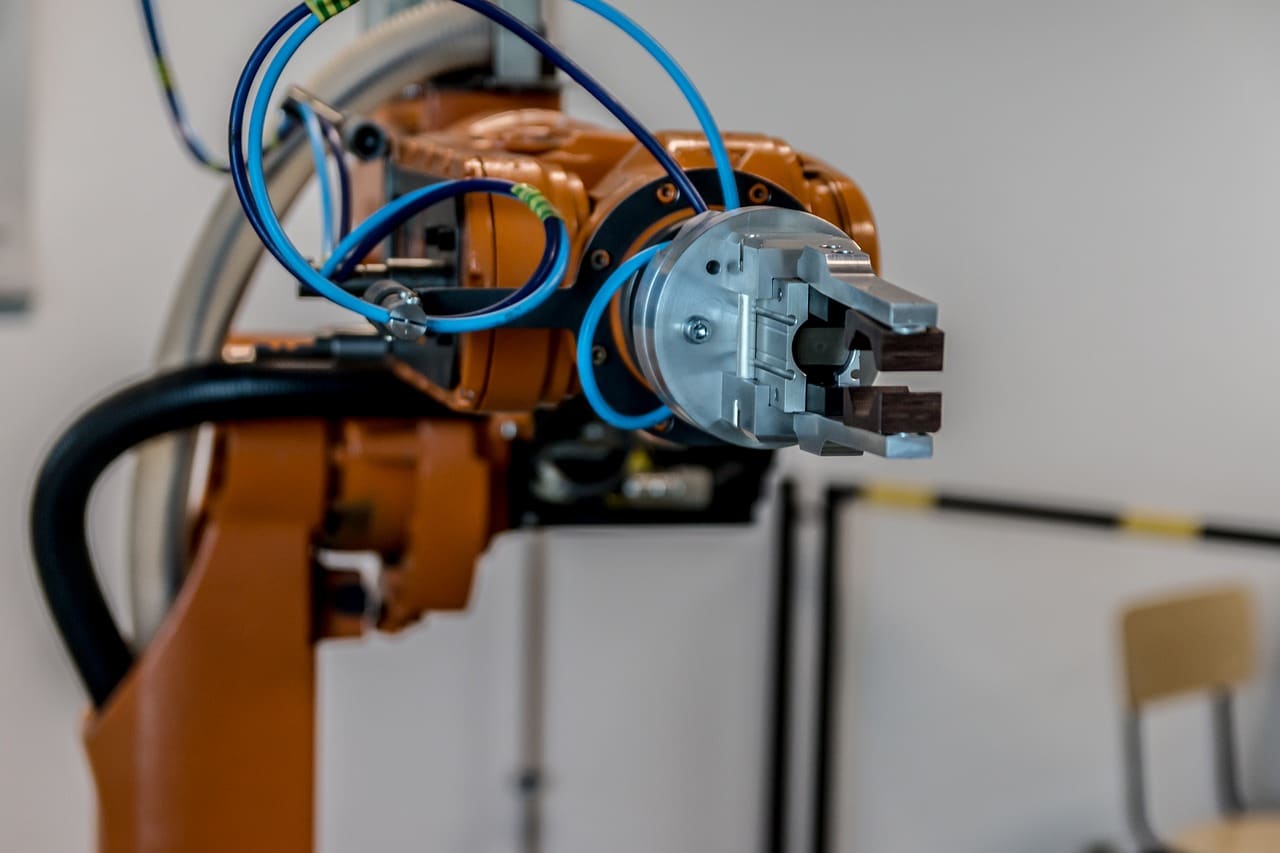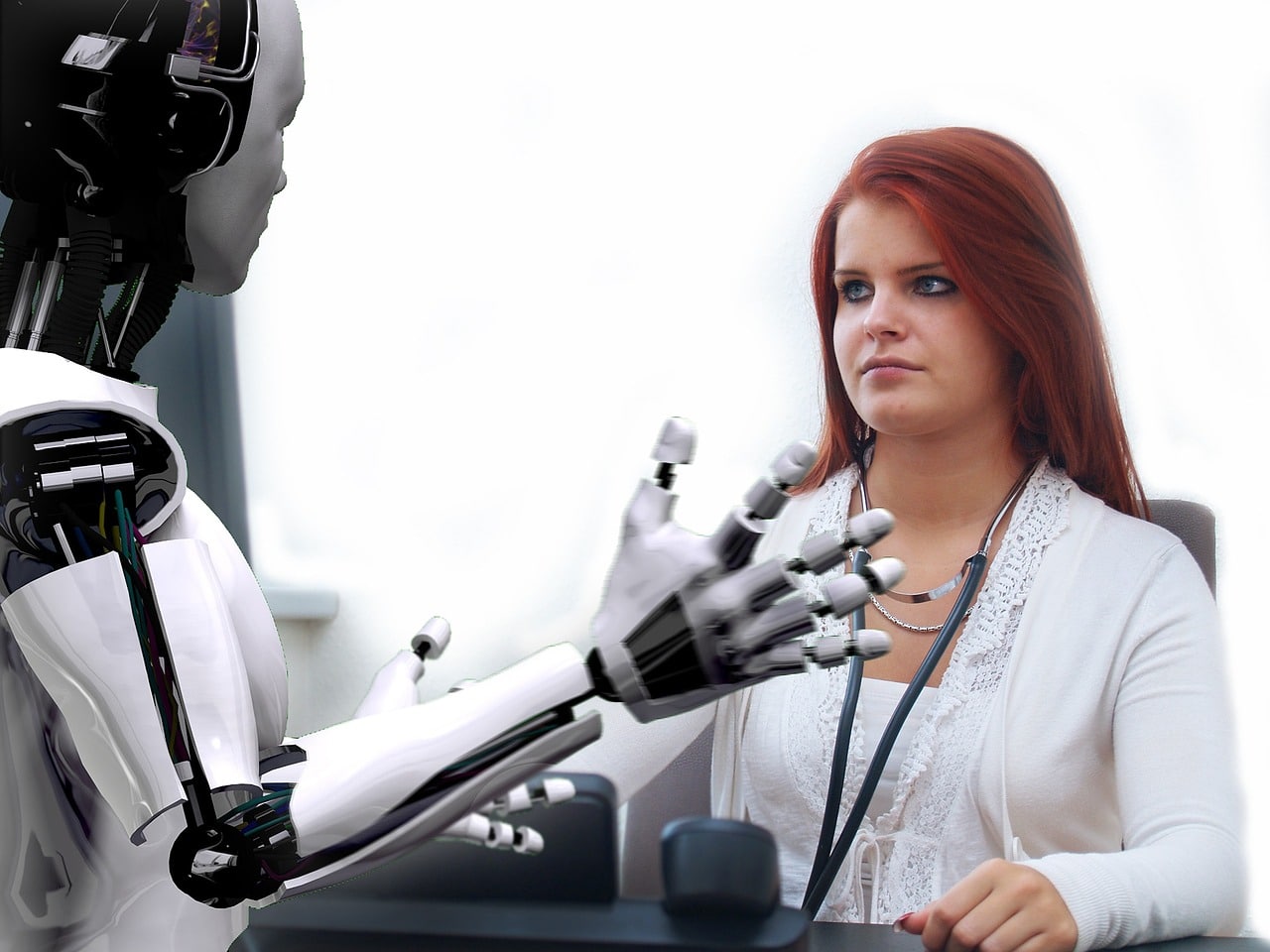Earlier this month, on 13th April, Elon Musk tweeted a thought-provoking tweet. He said, “Yes, excessive automation at Tesla was a mistake, to be precise, my mistake. Humans are underrated.”
It is fascinating that Elon Musk who was one of the foremost proponents of robotics is now a bit cautious. Esben H. Ostergaard, Universal Robots’ Chief Technology Officer also has an interesting take. A while ago, he wrote a piece that explored the ironies of industry 4.0. In the piece, he explores how industry 4.0 is setting the stage for the return of the human workforce in global manufacturing.
IMAGE: PIXABAY
Why Are These Industry Leaders Convinced That Humans Are Still The Most Important Element?
The reason is simple, for all that robots are smart, their level of smartness is limited. Robots are programmed to do this and to do that, and for that reason, there are tasks that are beyond them. Artificial Intelligence is hard at work trying to change this but at the moment, robots can only do so much.
See, the current industrial revolution, industry 4.0 is all about automating manufacturing processes. The trend has taken root, the business and manufacturing world has accepted the automation, commercial robots, cloud computing and the internet of things technologies are being adopted all over.
As massive automation integration continues, there is a realization slowly crystallizing; that though robots are here to stay, humans are still the most vital element. How so?
For one, this is the age of mass customization as opposed to mass production.
Henry Ford of Ford Motor once said that consumers could have any color they wanted as long as that color was black. This idea of mass production has characterized the manufacturing industry for the past couple of decades. Actually, the first wave of robotics was driven by the need to make the manufacturing process more efficient by producing more for the sake of profitability. True to that, robots excel in mass production by leveraging their innate speed and efficient handling.
However, the past couple of years have seen a new trend emerge. Consumers no longer want mass-produced goods, instead, they want customized products. Consumers want to feel that what they own is really theirs and this need for customization is being felt across all industries, customized phones, cars, shoes, and clothing are in huge demand.
Big brands have already started taking notice. Nike and Adidas have taken steps and are allowing customers to customize and design their own shoes.
With the continued popularity and rise of personalization, it becomes apparent that the human element cannot be eliminated from the manufacturing process. A robot is programmed to accomplish repetitive tasks, yet customization demands specific attention for each product.
That is why it rings so true when Esben H. Ostergaard says that industry 4.0 as an automation platform will be its own undoing.
Second, is this intrinsic human trait known as creativity. A smart robot—the kind we expect to see in the future— can collect information, analyze this information and use that information to come up with ideas per given specification. What that robot cannot do is come up with an innovative idea all on its own.
The world thrives and has always thrived on creativity. Were it not for the Wright Brothers’ creativity, originality and curious nature, airplanes would probably still be a mystery.
Creativity is, therefore, a key reason why despite the widespread adoption of robots the human element is still the most important.
Verdict
Recognizing the value of the human element is probably the reason collaborative robots are expected to overtake industrial robots in terms of market share in the coming years.
Collaborative robots are built with an understanding that they are more like tools in the hands of the human workforce. Future collaborative robots will probably be smarter, yes, they might even achieve an element of autonomy, but ultimately, they will never outgrow the need for a human element.
If you are interested in even more technology-related articles and information from us here at Bit Rebels then we have a lot to choose from.


COMMENTS